| Description | Peritoneal dialysis involves surgery to implant a peritoneal dialysis (PD) catheter into your abdomen. | Hemodialysis is the most common type of dialysis. This process uses an artificial kidney (hemodialyzer) to remove waste and extra fluid from the blood. | CPU MCU and high-speed programmer work cork cooperatively, fully digital control | Suggest to be used for laparoscope, hysteroscope etc. | Lorem ipsum dolor sit amet, consectetur adipisicing elit, sed do eiusmod tempor incididunt ut labore et dolore magna aliqua. Ut enim ad minim veniam, quis nostrud exercitation ullamco laboris nisi ut aliquip ex ea commodo consequat. Duis aute irure dolor in reprehenderit in voluptate velit esse cillum dolore eu fugiat nulla pariatur. | The net weight is 750 g only, so that very convenient to be carried. And very proud that it is the very initial and most advanced portable model in China. |
| Content | Peritoneal dialysis involves surgery to implant a peritoneal dialysis (PD) catheter into your abdomen. The catheter helps filter your blood through the peritoneum, a membrane in your abdomen. During treatment, a special fluid called dialysate flows into the peritoneum. The dialysate absorbs waste. Once the dialysate draws waste out of the bloodstream, it’s drained from your abdomen.
This process takes a few hours and needs to be repeated four to six times per day. However, the exchange of fluids can be performed while you’re sleeping or awake.
There are numerous different types of peritoneal dialysis. The main ones are:
- Continuous ambulatory peritoneal dialysis (CAPD). In CAPD, your abdomen is filled and drained multiple times each day. This method doesn’t require a machine and must be performed while awake.
- Continuous cycling peritoneal dialysis (CCPD). CCPD uses a machine to cycle the fluid in and out of your abdomen. It’s usually done at night while you sleep.
- Intermittent peritoneal dialysis (IPD). This treatment is usually performed in the hospital, though it may be performed at home. It uses the same machine as CCPD, but the process takes longer.
| Hemodialysis is the most common type of dialysis. This process uses an artificial kidney (hemodialyzer) to remove waste and extra fluid from the blood. The blood is removed from the body and filtered through the artificial kidney. The filtered blood is then returned to the body with the help of a dialysis machine.
To get the blood to flow to the artificial kidney, your doctor will perform surgery to create an entrance point (vascular access) into your blood vessels. The three types of entrance points are:
- Arteriovenous (AV) fistula. This type connects an artery and a vein. It’s the preferred option.
- AV graft. This type is a looped tube.
- Vascular access catheter. This may be inserted into the large vein in your neck
Both the AV fistula and AV graft are designed for long-term dialysis treatments. People who receive AV fistulas are healed and ready to begin hemodialysis two to three months after their surgery. People who receive AV grafts are ready in two to three weeks. Catheters are designed for short-term or temporary use.
Hemodialysis treatments usually last three to five hours and are performed three times per week. However, hemodialysis treatment can also be completed in shorter, more frequent sessions.
Most hemodialysis treatments are performed at a hospital, doctor’s office, or dialysis center. The length of treatment depends on your body size, the amount of waste in your body, and the current state of your health.
After you’ve been on hemodialysis for an extended period of time, your doctor may feel that you’re ready to give yourself dialysis treatments at home. This option is more common for people who need long-term treatment. | Product Features
CPU MCU and high-speed programmer work cork cooperatively, fully digital control, computer automatic judgment equipment, start-up fault automatic check equipment, single/double automatic conversion, modulate amplitude and power when power is in closed loop, circuit is Made into single/bipolar mode, hand/foot output mode and six operating modes, the product can be suitable for various surgical operations and infant fine surgeries, meanwhile, it can also cooperate with various endoscopes to carry out endoscopic operations.
Technical Specifications
WORKING MODEL
Function Pure Cut Blend 1 Blend 2 Blend 3 Point
Coag Soft
Coag Spray
Coag Bipolar
Standard
Coag Bipolar
Force Coag
Rated power
(Rated load) 350W/
500Ω 250W/
500Ω 200W/
500Ω 120W/
500Ω 120W/
500Ω -- -- 50W/ | Main Features
1. Adopt 1/2.8inch SONY CMOS HD camera.
2. With 2,100,000 total pixels, 1920*1080p image size and TV line 1080lines
3. Professional video out: CVBS, S-VIDEO, DVI, HDMI
4. 5inch LCD screen
5. Suggest to be used for laparoscope, hysteroscope etc.
Image show
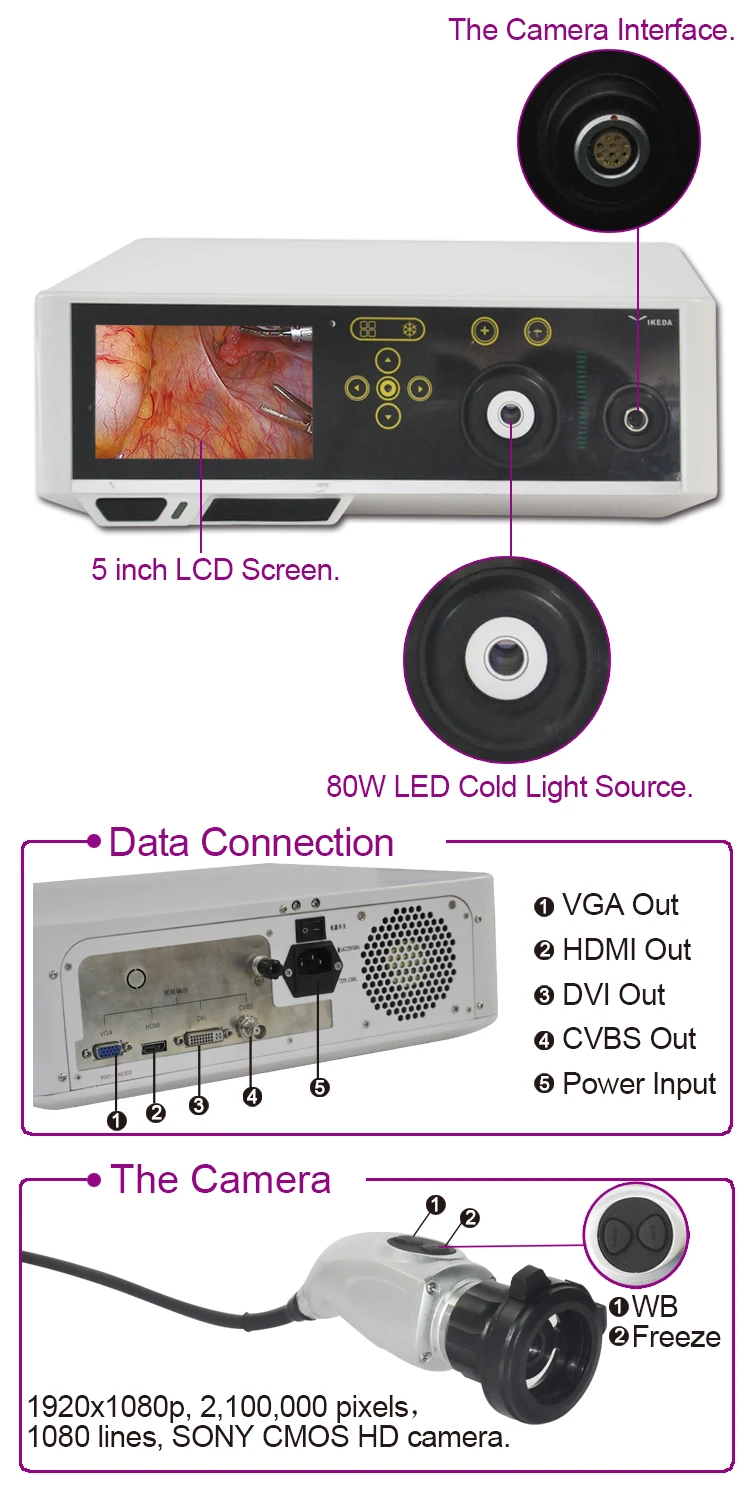
| Standard mattress for a hospital bed in polyurethane foam, with removable PVC cover for easy cleaning and replacing. Foam density is one of the factors determining the quality and durability. Low grades are from 18 to 22kg/m³; medium grades from 22 to 27 kg/m³; high grades above 27kg/m³. (1lb/sqft = 15kg/m³). A minimum quality for hospital bed mattress should be 27kg/m³.
The factor determining the firmness is the Indentation Load Deflexion. This factor may vary from 5 to 100kg. For bed mattresses an average of 15 to 16kg is recommended.
The cover must be PVC-coated canvas. A plain PVC sheet is not strong enough. A light colour material is necessary to encourage cleaning. This cover must resist washing with chlorine.
Higher quality mattresses are made with latex foam and/or springs.
Special types of medical mattresses are not described here.
Specifications
Product Features
01. Type of foam
Polyurethane closed cell foam, 35kg/m³, thickness: 10cm,
Indentation Load Deflection 16kg min.
02. Cover
- made of a light-colour PVC-coated polyester canvas of 250g/m² minimum;
- tear strength 10da N min. under ISO 9073-4.
- equipped with a strong plastic zip of the length of the mattress.
- material to resist washing and disinfection with chlorine 0.5%
- Sown with impervious seams
When a Mattress cover is purchased alone, it is imperative that the requester indicates the exact mattress size (Length x width x height) for proper mattress fitting so to avoid the wrinkling of the cover which could create bedsores for the patient
02. Packaging
Individually wrapped in plastic foil, not compressed. In compressed bales for air transport in large quantities, the compression must be flat only - not rolled, not folded. | Portable Slit Lamp
AME-5S2 Portable Slit Lamp Microscope is produced with high illumination white LED, and can be used about 5 to 6 hours continuously after fully recharged. The net weight is 750 g only, so that very convenient to be carried. And very proud that it is the very initial and most advanced portable model in China.
Microscope type: Binocular crossed stereo microscope
Total Magnification:
|
10 x Eyepiece |
16 x Eyepiece |
| 1 x Objective |
10 |
16 |
Diopter compensation:-7D~+7D
Working distance:80mm
Slit width:10mm
Slit height:10mm
Diameter of light spot:10mm
Filter: heating absorption, 50%ND,Red-free,blue
Illumination Rotator Angle: horizontal ±30 degree
Illumination: White LED
Input Voltage: AC 100~240V 60~50HZ
Input Power: 18VA |


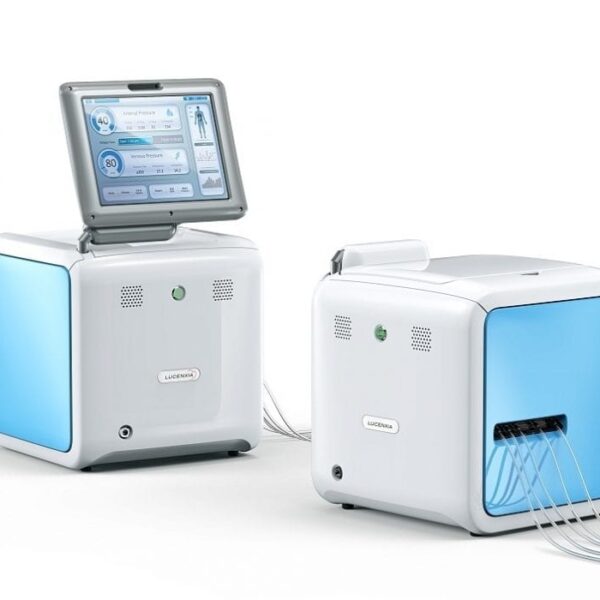
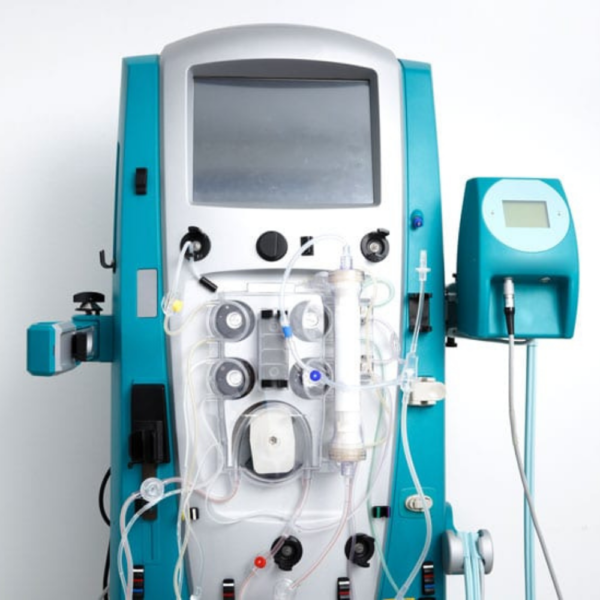
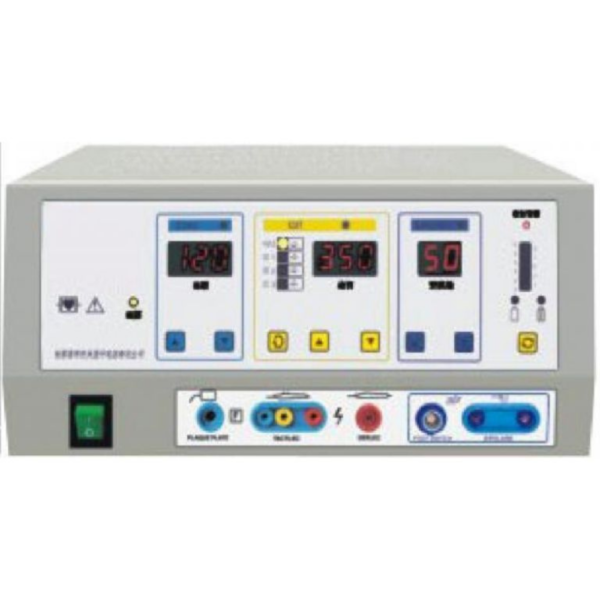
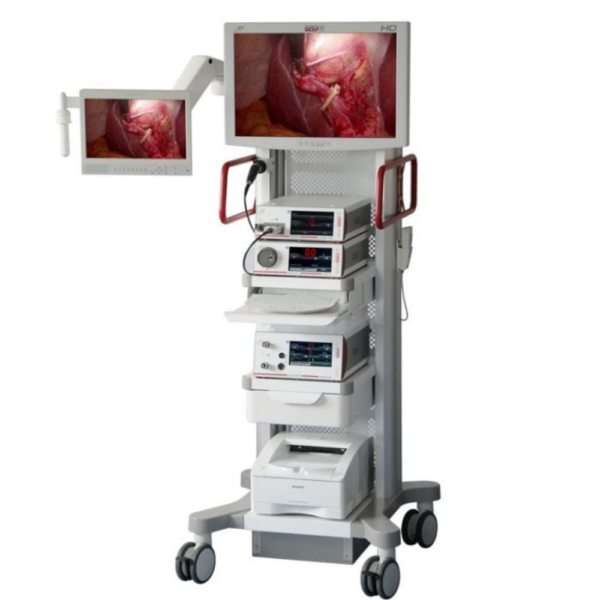
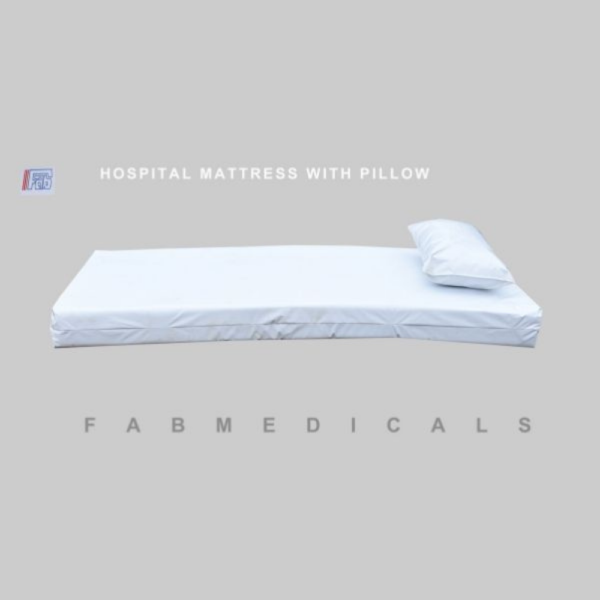
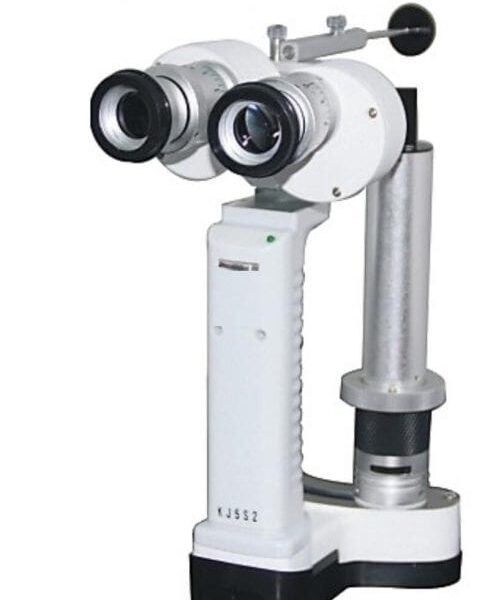





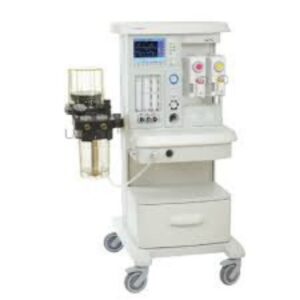
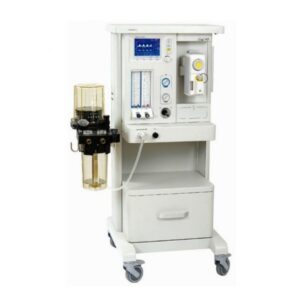
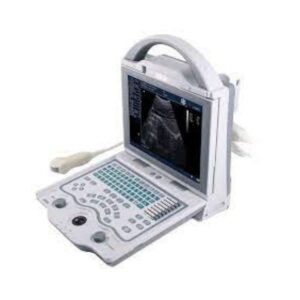
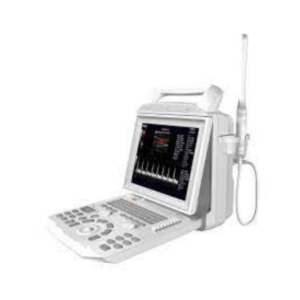
Reviews
There are no reviews yet.